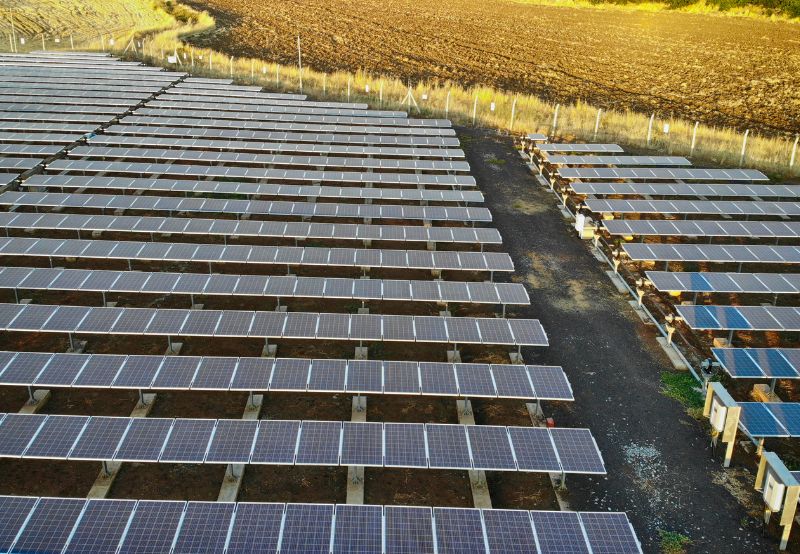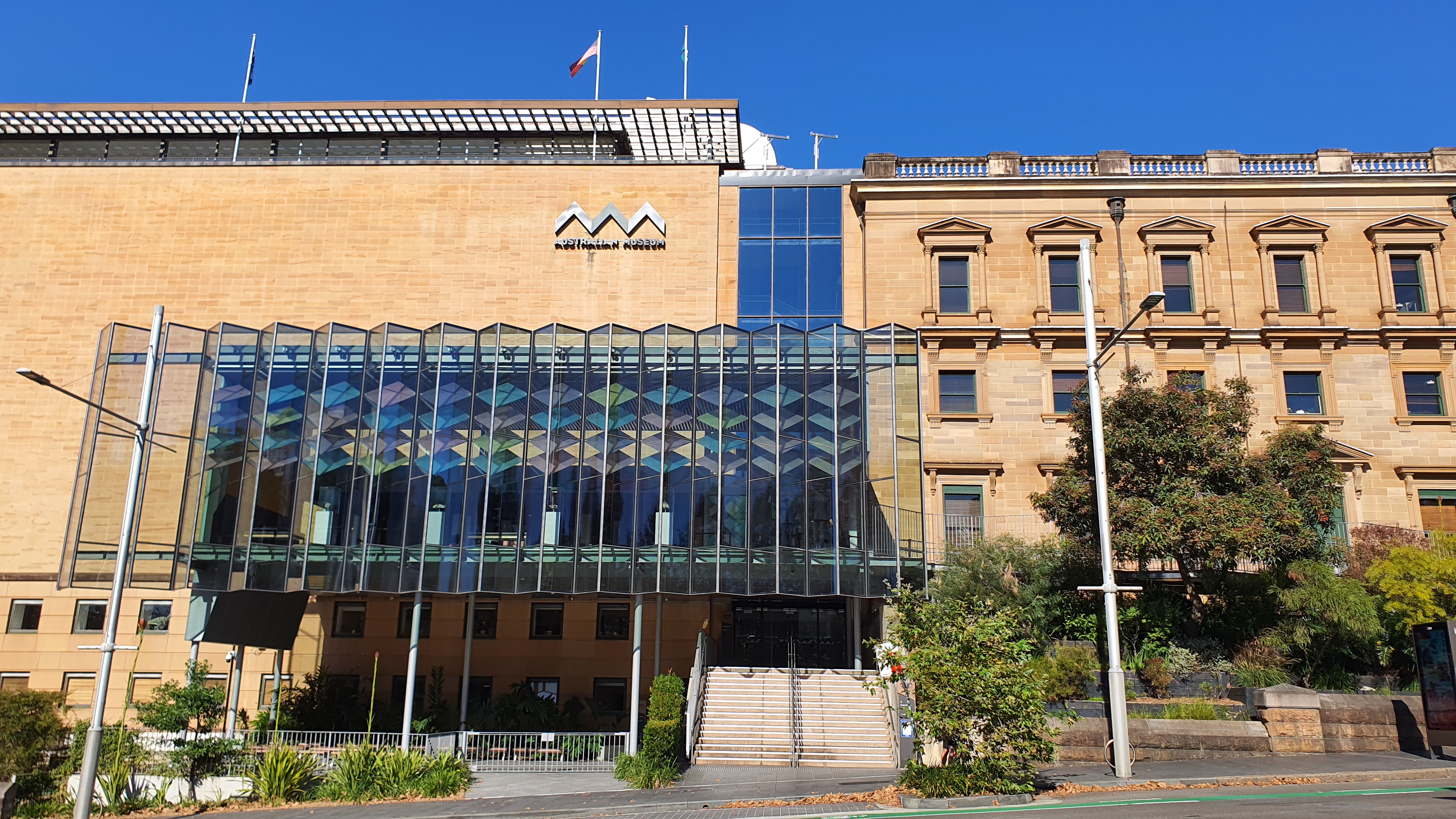Bill Gates recently expressed his skepticism about the effectiveness of mass tree planting in the fight against climate change. During a climate discussion organized by The New York Times, Gates emphasized that he avoids “less proven approaches” to offset his carbon emissions and dismissed the notion that planting vast numbers of trees could single-handedly address the climate crisis as “complete nonsense.” He raised the question of whether we should rely on scientific expertise or pursue unverified solutions.
Gates’s comments generated significant attention and drew criticism from proponents of reforestation (planting trees in damaged forests) and afforestation (planting in non-forest areas). Jad Daley, head of the American Forests NGO, voiced his concerns, emphasizing his dedication to making forests a part of the climate solution. He argued that such commentary could hinder progress in this critical area.
Mass tree planting initiatives have gained popularity as a means to sequester carbon from the atmosphere on a large scale. Even some climate change-skeptical US Republicans have supported legislation advocating the planting of a trillion trees worldwide. However, Gates is not alone in doubting the benefits of these ambitious plans. A group of scientists warned that mass tree planting could potentially cause more harm than good, especially in tropical regions. This is primarily because it can replace diverse ecosystems with monoculture plantations.
The scientists from universities in Britain and South Africa argued that society has overly simplified the value of these ecosystems by focusing solely on carbon capture. They emphasized that tropical forests and grassy ecosystems provide essential ecological functions beyond carbon sequestration.
Jesus Aguirre Gutierrez, one of the paper’s authors, pointed to examples in southern Mexico and Ghana where once-diverse forests have transformed into homogeneous masses. This transformation makes them highly vulnerable to diseases and negatively affects local biodiversity.
Major tree planting commitments often involve agroforestry or plantations where the trees will eventually be harvested, releasing carbon. These plantations typically consist of a few fast-growing tree species chosen for their timber and pulp value, which can outcompete native species.
Critics have also highlighted issues such as the lack of suitable space globally for proposed mass planting projects and the potential competition between smallholder agriculture and tree planting. Additionally, misclassification of grassland and wetland as suitable for forests and the inadequate care of seedlings have been raised as concerns.
Despite these criticisms, Daley and his American Forests organization argue that Gates’ premise is flawed. He clarified that no one is suggesting that forests alone can save the environment. He contends that critics often overlook carefully planned projects involving native species in areas that require reforestation and instead focus on poorly conceived initiatives. He stressed the importance of recognizing that much reforestation is driven by the need to restore forests that won’t regenerate without intervention.
Efforts are being made to bridge the gap between critics and proponents of tree planting, including the proposal of “golden rules for restoring forests” by Britain’s Royal Botanic Gardens, Kew, and Botanic Gardens Conservation International. These rules advocate avoiding grasslands or wetlands, prioritizing natural regeneration, and selecting resilient and biodiverse trees. However, they emphasize a fundamental principle that everyone can agree upon: the urgent need to protect existing forests, as they can take centuries to recover once lost.




